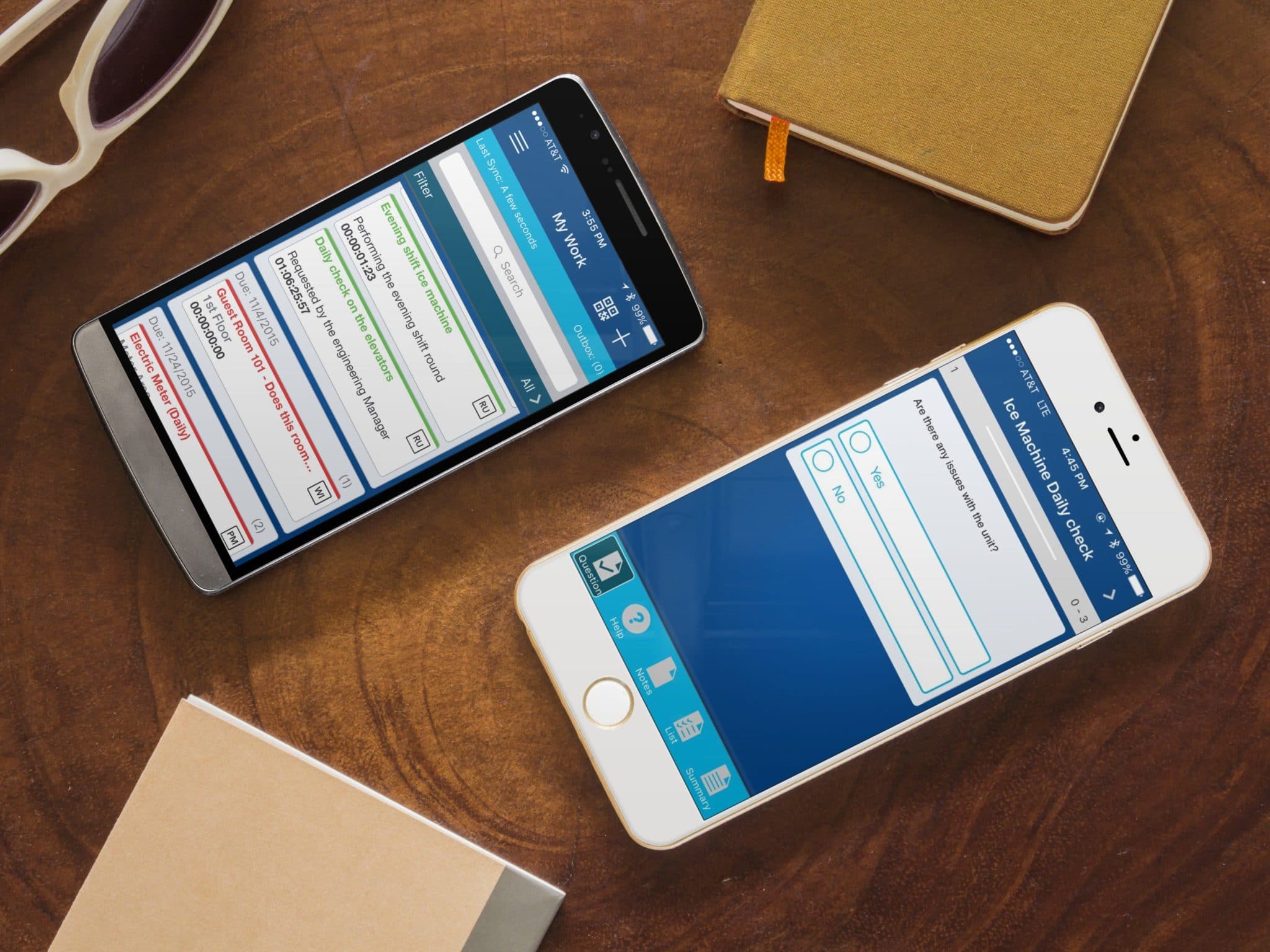At The Steve Trautman Co. we always love a good, practical checklist. A well-designed list of what is known and what needs to be learned is an invaluable tool for knowledge transfer. The knowledge management sector – a cousin of sorts to the knowledge transfer field – also benefits from checklists. Here’s a post by Kelly Blount of Mintek about a mobile tool for checklists that can help with retention of transferred knowledge (reposted with permission):
The National Facilities of Maintenance and Technology (NFMT) conference starts today, and Mintek will be speaking at the Vegas convention regarding the importance of a CMMS as a knowledge management tool. What is knowledge management and how can it be integrated? How can checklists help in this integration process? Let’s discuss it and its evolution into the CMMS world.
Why Use Checklists?

Atul Gawande states in The Checklist Manifesto, Good checklists are precise. They are efficient, to the point, and easy to use even in the most difficult situations. Good checklists are, above all, practical.
Businesses can falter when certain practices aren’t completed correctly and it comes down to two steps of failure: ignorance and ineptitude.
Employees either have a partial understanding of how something works or they have the knowledge yet fail to apply it correctly which causes common errors to occur in business.
We also have human error which happens through repetition of tasks and the “knowledge” that we have done something a hundred times that we don’t need a reminder, but we do. Checklists can fill the gap between error and success rate.
There are several benefits to checklists, but here are the top six.
- Ensures consistency
- Used to reduce failure
- Aids in memory and attention
- Informational aid or guide
- Completeness when carrying out a task
- Employees feel accountable for performing inspections because there’s a written record
According to the U.S. Department of Energy, implementing a preventive maintenance checklist can extend equipment life by 25%.
That’s 25% more likely that a step won’t be missed when checking an asset in a facility. This is just one example of how a checklist can benefit facility practices.
Checklists Used for Knowledge Transfer
The volume and complexity of what we know has exceeded our individual ability to deliver its benefits correctly, safely, or reliably. Knowledge has both saved us and burdened us.
According to KM World, knowledge management is a discipline that promotes an integrated approach to identifying, capturing, evaluating, retrieving, and sharing all of an enterprise’s information assets.
These assets may include databases, documents procedures, and previously un-captured expertise and experience in individual workers.
Knowledge management is evolving as an important factor in operations and maintenance practices due to the complexity of equipment, processes and solutions, and the fact that employees with 20-30 years of experience are now retiring.
The U.S. Department of Labor also stated, When an employee leaves a company 70% of his knowledge walks out the door with him
making it harder to fill that gap with new hires. It becomes imperative to record and update the existing knowledge of personnel close to retirement while also managing the knowledge transfer to new employees through procedures, training, or mentoring.
Approximately 10,000 baby boomers are retiring everyday
causing our work force to be fluided with the next generation of millennials which according to Fortune magazine will make up 50% of the global workforce in 2020.
Companies need to structure their learning around the minds of millennials and how they learn; Millennials are innovative and like to experiment while being heavily advanced in technology. This can lead to checklists being incorporated into mobile devices, so employees can retain information and also be using technology that’s familiar to them.
New hires are now responsible for capturing, understanding, and implementing data without the benefit of experience.
Efforts to successfully integrate this un-captured expertise in CMMS’s is vital to prevent that stored knowledge from walking out of the building. Documenting work tasks in the appropriate manner will help prevent errors from occurring.
Integration of Knowledge Management and CMMS through Mobilization

This tool helps employees get up to speed with accurate company processes when the tasks lists are fully integrated. Maintenance solutions should extend to mobile devices to increase adoption and task compliance.
Technicians can perform actual work with instructions on handhelds, enter how long it takes to complete work orders, filter through past work orders, and close out of the system. All the information is recorded in real-time, so managers can access the information instantaneously.
Knowledge management within a CMMS will allow an organization to accelerate the rate at which new engineers. Implementing a CMMS offers several other benefits, including:
- Reducing the dependency on tacit knowledge
- Minimizing the loss of intellectual capital
- Improving management quality and efficiency
- Reducing risks/mistakes and minimizing liability
- Increasing communication between staff and managers
- Corporate standards increase the portability of employees between sites
These are just some of the results of a properly implemented plan that could increase overall cost savings, increase staff participation and productivity levels within an infrastructure.
In Checklist Manifesto, Atul Gawande shows how eight hospitals implemented a bedside aide to navigate through complex procedures and the results showed the average number of complications and deaths dipped by 35%.
Part of the list asked staff to introduce themselves before a procedure began, and in turn nurses were more comfortable speaking up when they saw a problem which increased patient care, communication, and decreased mortality.
The medical industry implemented a checklist to create solutions to existing problems, so it’s time for maintenance professionals to take their checklists to a whole new level.
